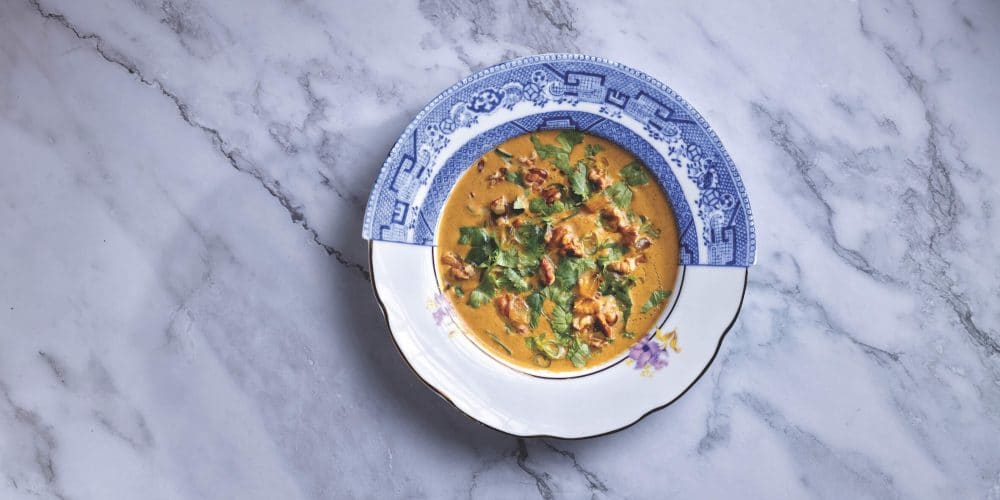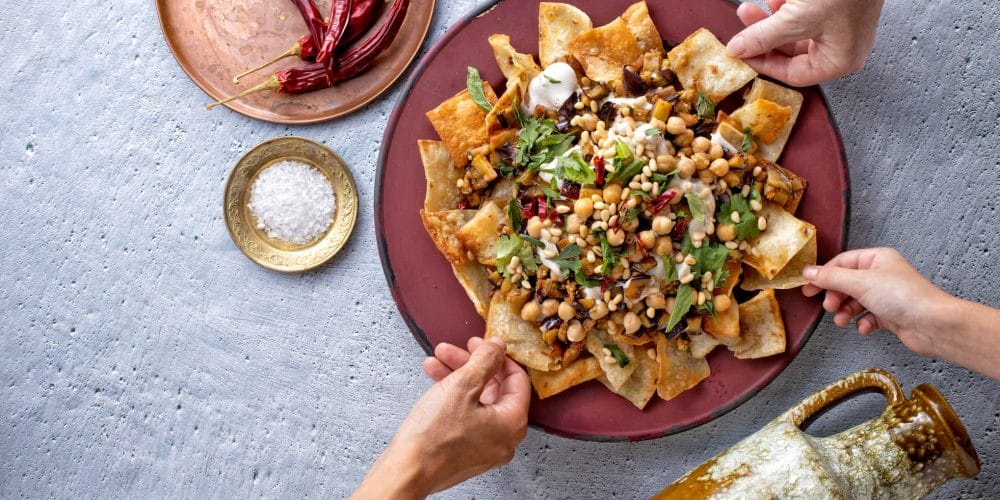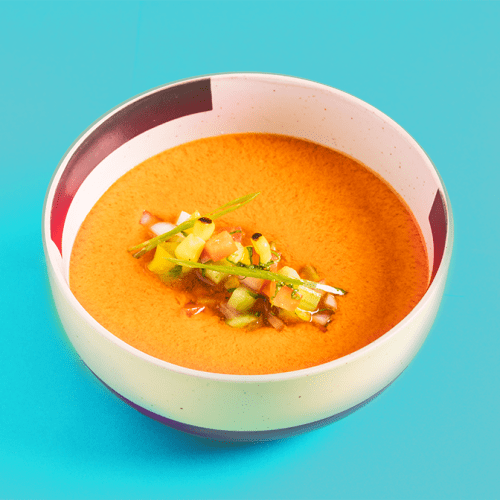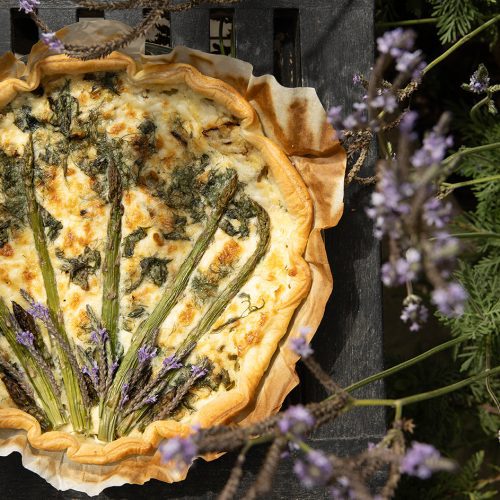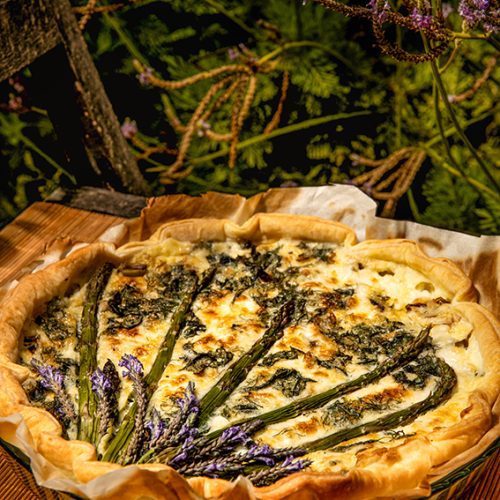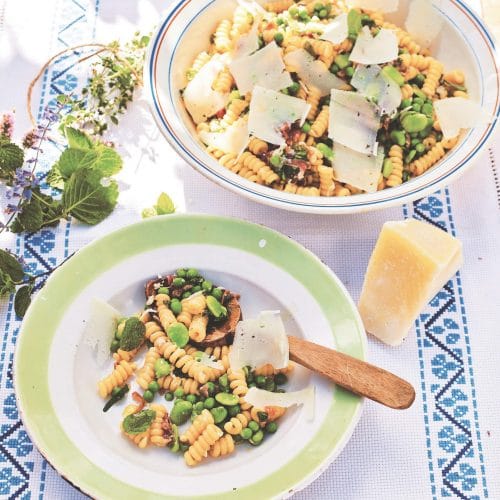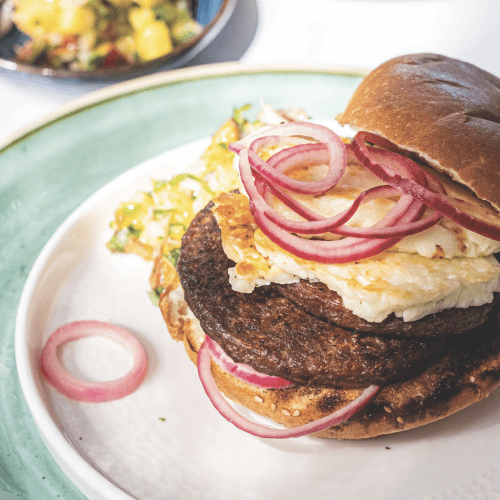
William Rizzo, otherwise known as The Wine Nerd, gives us the expert guidance we need to pair complimentary wines with our Easter Lunch.
Easter lunch in my home has always been a small family affair, no cousins, aunts or extended family. This year this will be the norm for everyone’s Easter lunch but small gatherings don’t have to mean subdued celebrations! In fact, it’s all the more reason to open and enjoy some scrumptious wines…that’s my guilty little secret for keeping family at bay! Each family has its own traditional spread for Easter lunch, but you are likely to find one or two typical dishes on every table. Pairing wines with such a varied selection of dishes may be daunting to some, but with the help of these recommendations guiding you through the meal, you’re sure to be the star of the day Every great meal starts with wine, so why not start it off a little earlier? You will want a wine that is crisp, fresh and dry with just a hint of fruit to sip on before you start or to serve with some light nibbles as an aperitif. It doesn’t have to be pricey, but these suggested grapes and wines will set the palate and open your appetite. 1. Pinot Grigio This grape variety pairs well with antipasti, salads and light pasta dishes but quality can vary greatly, and I would advise steering away from very cheap bottles as they lack character. Look out for Pinto Grigios from Alto Adige and producers like Elena Walch and Franz Hess who create great renditions of this sometimes-underappreciated grape. 2. Albariño Or Albarinho, is a delightful cool coastal grape variety from the Iberian Peninsula. It is not commonly found locally, but the main wine shops stock at least two different expressions. These wines generally have an interesting, dry, mineral and saline undertone to them that contrasts the grapefruit, fresh lemon zest and tropical notes of nectarines and honeydew melon. The acidity is what makes this wine, causing your palate to salivate and reach out for a second bite. I suggest pairing Albariños with cream cheese dishes, salmon, crustaceans, and risottos. Look for Bodegas Castro Martin or Abadía de Tortoreos that is aged on the lees, making it a more complex wine. Any Maltese family lunch or dinner must include baked pasta, whether it’s lasagna, stuffed cannelloni or any shape pasta nanna has been perfecting over the last few decades. The sauce or filling will dictate the wine to go along with the dish. The rule is to pair the complexity of the sauce with the complexity of the wine. 1. If you’re serving a lighter baked pasta dish , perhaps based on ricotta or a vegetarian version you can continue serving one of the white wine options suggested with the starter course. Otherwise, explore the following suggestion. 2. G.S.M The likelihood is that it is either a roast leg of lamb or a stuffed pork belly, with a plethora of sides that cover every inch of the table. If you, like me, can’t decide between the two, you will need a wine that pairs with both and stands up to the dominant flavours in each dish. Lamb is gamey, generally roasted with herbs and served with a side or mint sauce or rich jus sauce. The pork is fatty, rich and has a sweet aromatic taste from the stuffing. The wine, therefore, needs to be dry with smooth, balanced tannins, a medium to high alcohol and a crisp acidity. 1. Carmenere Once commonly found in Bordeaux, nowadays it calls Chile home. Quality varies, but good value for money expressions exist for under €15. Flavours and aromas are characterized by raspberry, plums, cherries with an undertone of green peppers, vanilla, and crushed peppercorns. Well-made expressions tend to get a bit of wood contact, showing off integrated velvety tannins, balanced alcohol, and a fresh acidity. The list of available Carmenere is endless but my favourites are the Cono Sur or Errazuriz. 2. Tempranillo Ubiquitous all over Spain although confusingly to the uninitiated, sold under different names. They are easy drinking when young but can be crafted into some serious wines. Rioja is probably the first region that comes to mind for most consumers and there are some great Reservas by Marques de Riscal and Bodegas Muga. However, consider Ribera del Duero’s Bodegas Tábula or Toro’s Bodega Matsu. The wines tend to be full bodied, with notes of dried figs, stewed dark cherry and blackberry, with undertones of vanilla, nutmeg, tobacco, and cedar. Grippy tannins, high alcohol, and a lasting aftertaste. Delicious! Figolla, Easter eggs and kwareżimal are the typical selection of desserts available on Easter Sunday. It would be fun to pair a wine with each traditional dessert but a couple of options that work well with them all exist. 1. Guze Late Harvest A very well made, local sweet wine, that shows balance between acidity and sweetness. A 50cl bottle is enough for 6 people to close off the lunch on a sweet note. 2. Aged Tawny Port Ideally served slightly chilled, a 10YO or 20YO provides just the right amount of sweetness, a hint of nuttiness and lots of dried fruit notes. The alcohol level is higher than regular wines, so be careful on the servings. Look out for Graham’s or Kopke. The Starter
The Pasta
The Grenache – Syrah – Mourvèdre blend. Generally, these red wines are fruit forward with notes of raspberry and blueberries, wild herbs, some spices, soft tannins, and medium acidity. They pair best with ragu based sauces or fillings. This style originated in the Rhône with wines such as the easy drinking Côtes du Rhône, Lirac and Gigondas, from the same region but GSMs can also originate from other countries such as South Africa, USA, Spain, and Australia. Look out for Paul Jaboulet from the Rhône or d’Arenberg from Australia. The Main
Dessert


